A Van Alen Institute Fellowship Project.
This project was developed as a means to connect people living along a single time zone through an open communication portal, or a TimeZone pod. It was designed to help communities of diverse social, cultural and economic circumstances share information casually on a daily basis in a park, at the bus stop, in the playground, to enhance communication and foster grassroots connectivity for better living conditions along north/south axes. This project was developed with the help and guidance of many inspiring people in and around Van Alen Institute, most especially the fantastically talented FIU and Yale architecture graduate, Francisco Waltersdorfer.
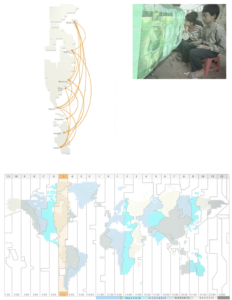
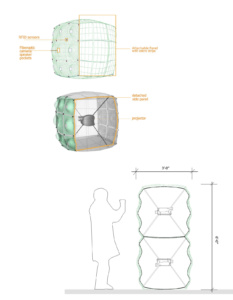
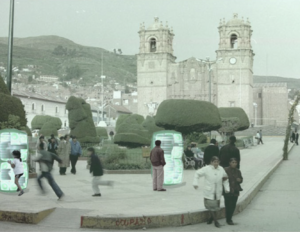
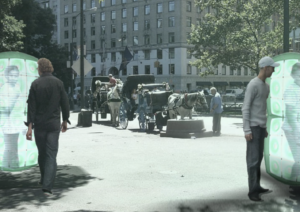
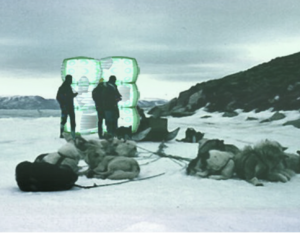
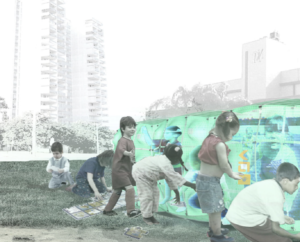
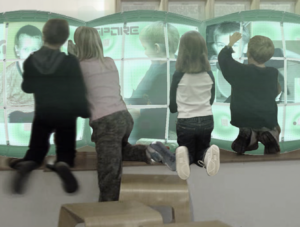
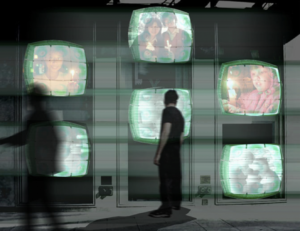
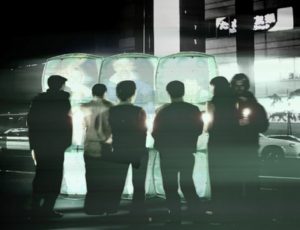
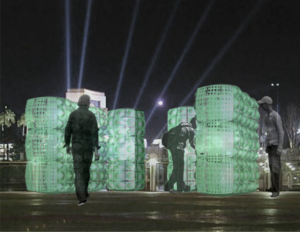
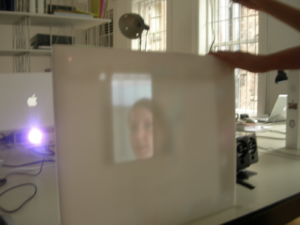
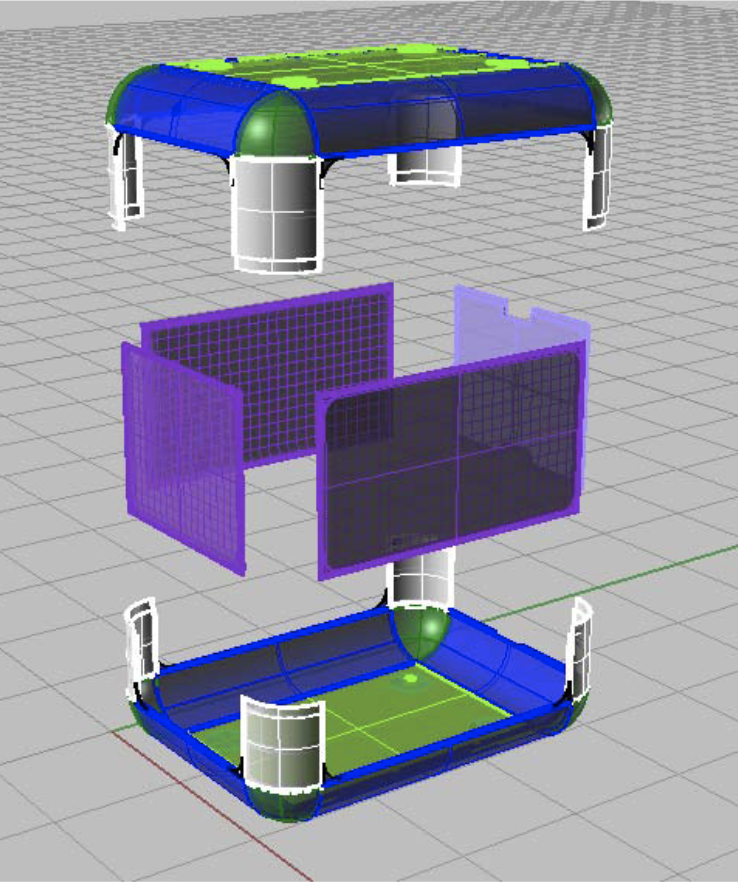
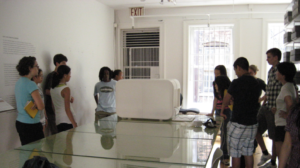
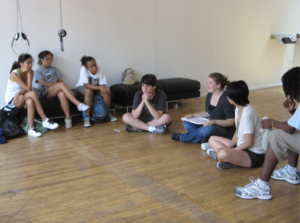
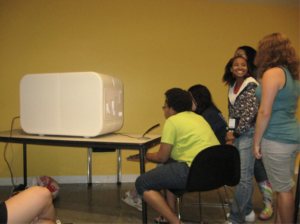
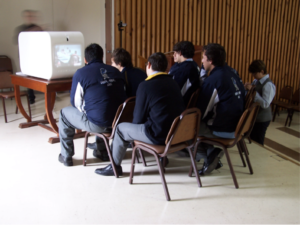
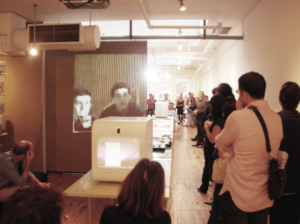
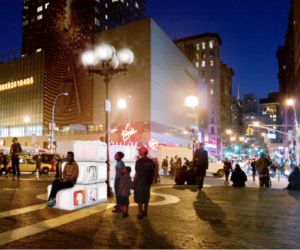

TimeZone was completed with a team of outstanding collaborators including:
Phillip Anzalone, Columbia University; Michelle Chang, Columbia University; Cory Clarke, Tendercreative; Jennifer Flemming, Columbia University; Steven Garcia, Columbia University; Ashley Hanrahan, Columbia University; Eto Otitigbe, New York City; Jen Song, MoMA; Francisco Waltersdorfer, Florida International University; Daniel Yep, Architect, Lima, Peru; Jelena Zoranovic, English teacher at the Colegio Santa Maria Marianistas, Lima, Peru, and Ellen Grimes, School of the Art Institute of Chicago, who generously shared the studios with me that summer as she worked on her own Van Alen Fellowship project.
